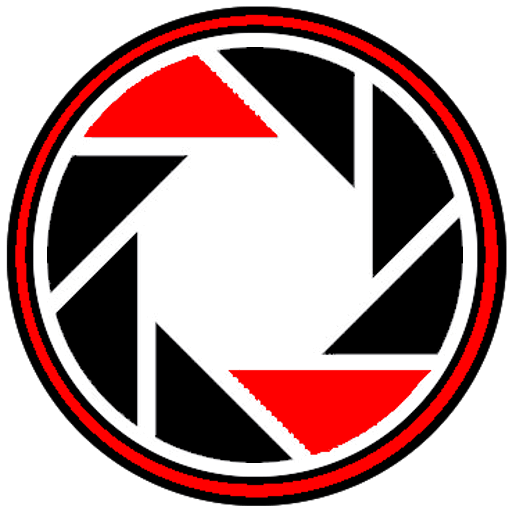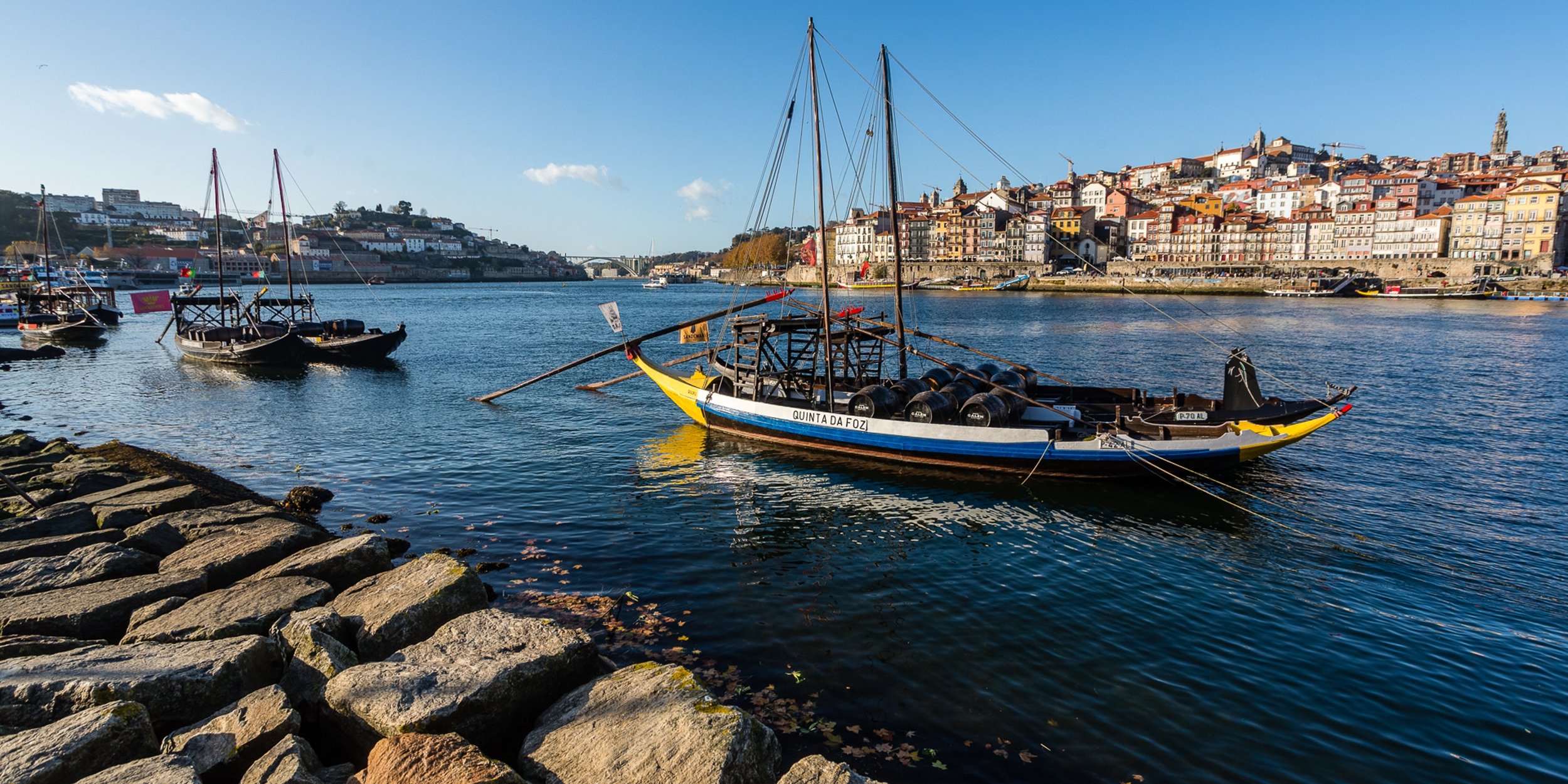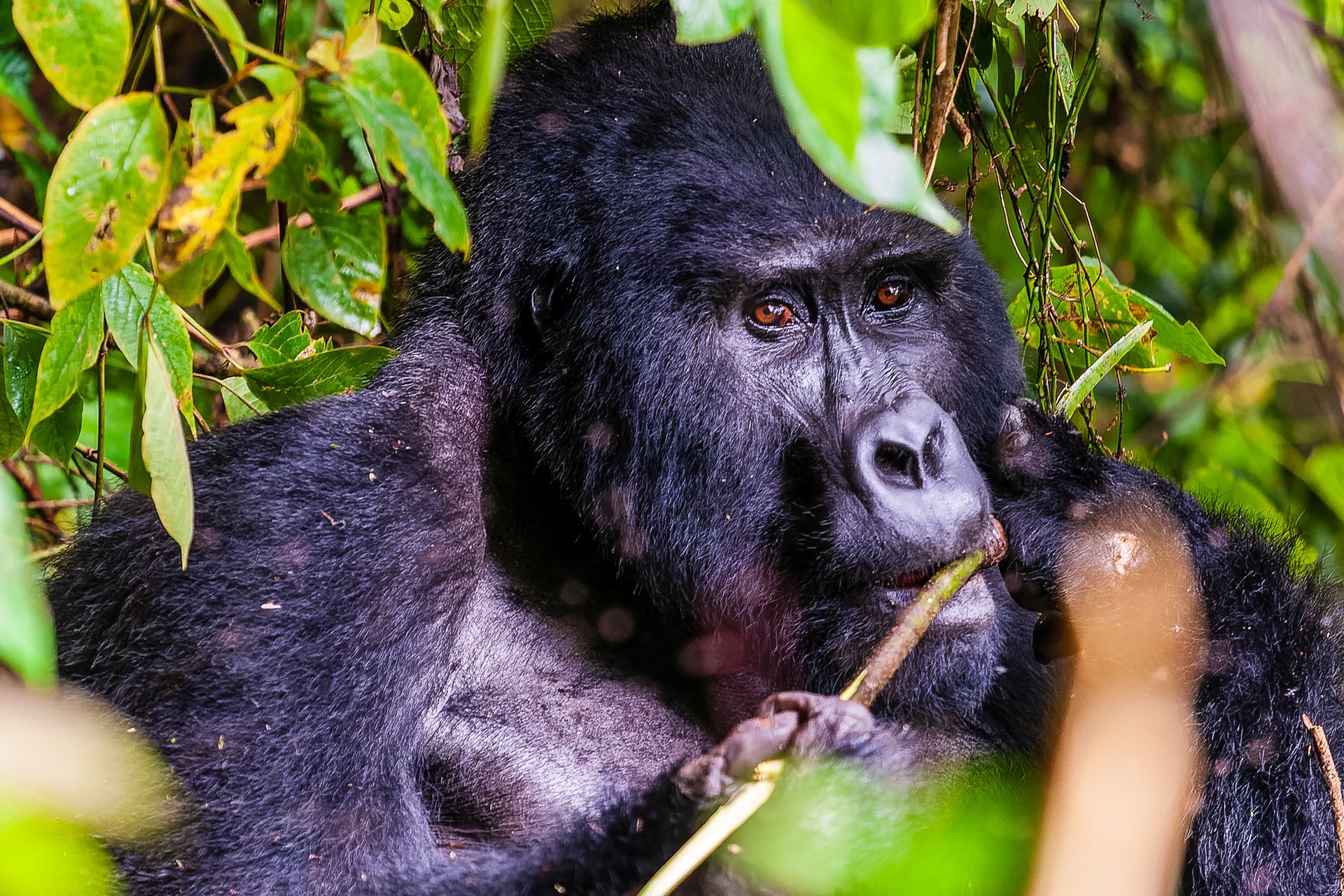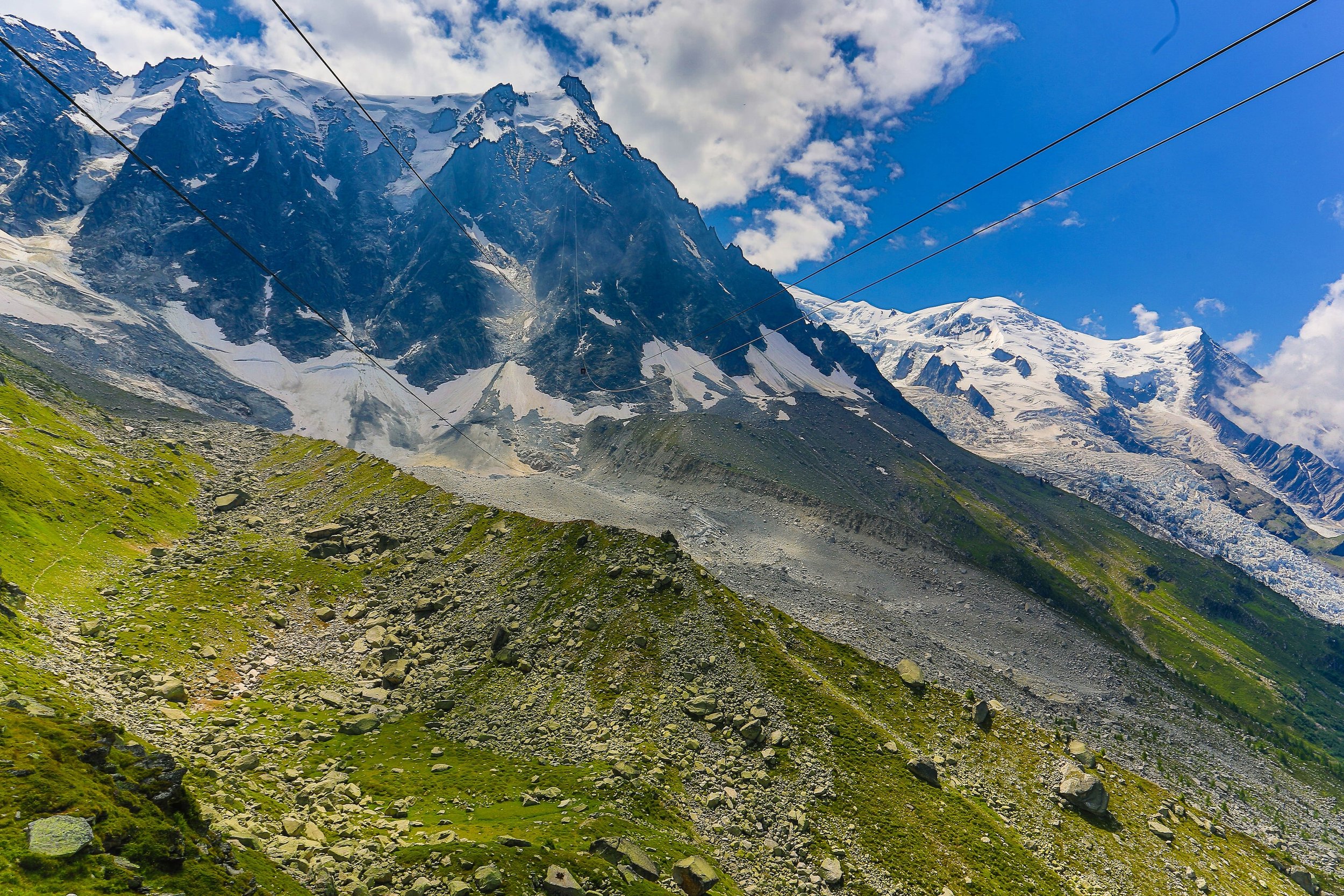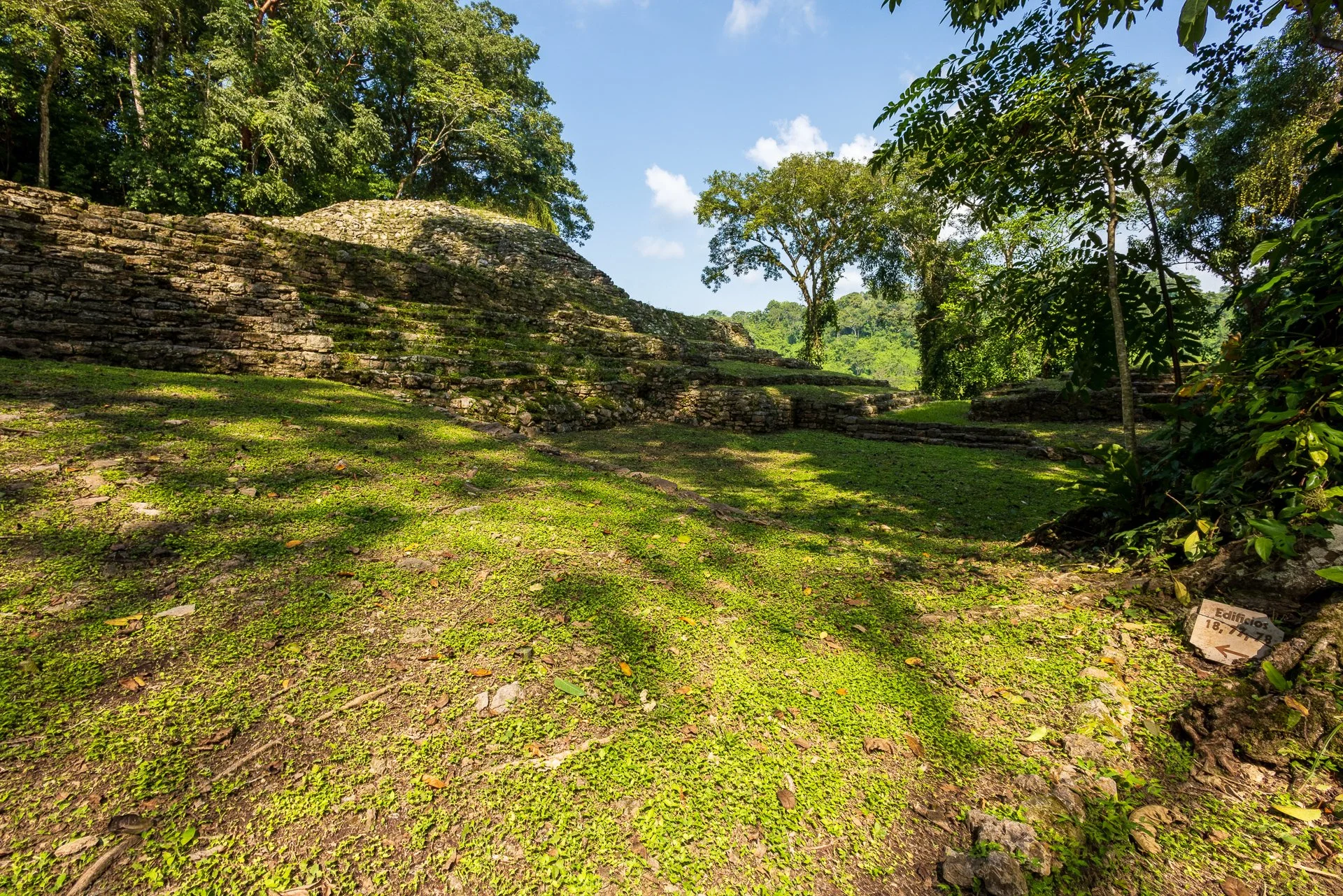Yaxchilan
Yaxchilan is a stunning ancient Maya city located in the Mexican state of Chiapas, near the border with Guatemala. The city was a major political and economic hub in the Maya civilization and its impressive architecture and art have made it a popular destination for travelers and photographers.
One of the main attractions of Yaxchilan is its well-preserved ruins, which include a number of temples, palaces, and plazas, though they are not as well restore as places like Chichen Itza their comparative lack of attention also means there is less crowding. Yaxchilan is also famous for its intricate stone carvings and sculptures, which depict the city's rulers and their ceremonies and rituals.
Sights & Culture
Yaxchian Ruins
Structure 6
Structure 6 is located near the Main Plaza in the Central Acropolis. It is well-preserved, featuring six doorways - three facing the plaza and three towards the river. The doorways which opened onto the plaza were blocked in antiquity and new doorways were cut into the sides of the building.
The facade facing the plaza has a remaining frieze with a carved head. The structure also has a preserved perforated roof comb and is thought to date back to the Early Classic period.
Structure 12
Structure 12 is a set of ruins in the Central Acropolis, close to the river. It contains eight lintels dating to the early 6th century though no roof. The lintels record nine generations of city rulers, originally commissioned by K’inich Tatb’u Skull II. Their original location is unknown, but they were reset into Structure 12 in the 8th century by King Bird Jaguar IV.
These ruins give a lot of the structure to the main plaza, bounded by the ball court, the Labyrinth and in the distance the hieroglyphic stairs.
Structure 19 The Labyrinth
Structure 19, also called the Labyrinth, is situated at the western end of the Central Acropolis. It is a three-level temple composed of rooms connected by internal staircases. Its facade has four doorways and three niche-like spaces between them. Two sculpted altars stand in front of the temple, with the remains of a perforated roof comb still visible. It is also one of the few locations in the ruins you wakj through. The tour guide took us through, with us using our phones for light showing the dark tunnels and some very large spiders.
When you work your way through the labyrinthian darkness, avoiding the occasional bat you exit into Yaxchilian’s main plaza, feeling almost like you’ve traversed the realms of the dead and emerged somewhere new and special.
Structure 20
The front of the ruins are setup so the entranceways divide the wall space into four equal sections. Above the doorways, the frieze is bordered by upper and lower projecting cornices.
Structure 21
Structure 21 is situated on a terrace below Structures 25 and 26. It previously had three lintels over its doorways but these were removed in the 19th century and now reside in the British Museum in London, like many of the treasures of the world. The vaulted roof had collapsed by 1882, leaving the rooms filled with rubble that has since been removed as part of the refurbishment in the 20th century. This uncovered several important monuments, such as Stela 35 and the remains of life-size stucco figures on the back wall behind the stela.
Structures 25 & 26
Structure 25 is in the Central Acropolis near Structure 33. It hasn't been excavated or restored, though it still has some intact vaulting. Next to Structure 25 is Structure 26, which hasn't been excavated either and is the least well-preserved of the two. You pass it to the left as you climb the Hieroglyphic Stairs.
Structure 33
Structure 33 in the Central Acropolis is incredible, thought to have been dedicated in 756 by Bird Jaguar IV. It overlooks the plaza and river. Its lower walls are plain, with three doorways supporting their own well-preserved lintels (Yaxchilan Lintels 1 to 3). At the centre of the back wall, opposite the central doorway, is a niche with the headless sculpture of a human figure, likely to be Bird Jaguar IV himself. The roof is largely intact, with a sloped roof supporting a frieze and a well-preserved roof comb. There are niches in both the roof comb and frieze, the latter containing the remains of a sculpted figure. Tennons on both roof sections once supported stucco decoration. The stairway leading up to the front of Structure 33 from the plaza has its top step sculpted, known as Hieroglyphic Stairway 2.
Structure 44
Structure 44 is located in the West Acropolis and features a carved lintel and sculpted steps, it feels larger than many of the other structures and tourists can walk around it quite freely. It was built by Itzamnaaj B’alam II and dedicated around 732.
Three doorways, each with sculptured lintels and hieroglyphic steps, are associated with this temple. The texts sculpted in this building provide an account of the 8th-century resurgence of the city.
Hieroglyphic Stairs
The Hieroglyphic Stairs in Yaxchilan are a set of three monumental staircases. Built during the Late Classic period, they are adorned with intricate hieroglyphic inscriptions and carvings that provide valuable insights into Maya culture and history. They offer tourists a long climb upwards to Structure 33.
Main Plaza
The main plaza was a central feature in many ancient Mesoamerican cities, including Yaxchilan. It was the focal point of civic and ceremonial life, where important public events and rituals were held. In Yaxchilan, the main plaza was surrounded by the Labyrinth, the ballcourt and a few other structures. It was a hub of economic activity, with markets and workshops where craftspeople and merchants sold their goods, though we can only speculate on them today.
Howler Monkeys
High in the treetops, families of Howler Monkeys make their homes. From time to time, as you explore the ruins you’ll hear them and if they are close enough you’ll be able to spot them in the trees.
Ball Court
Like in other cities, the Yaxchilan Ball Court was a sacred and ceremonial space where the ancient Maya played their traditional ball game.. The ball court was a large, rectangular playing field with high-sloping walls on either side. Players would use their hips, elbows, and knees to hit a heavy rubber ball through a narrow stone hoop set into the wall. The game was not just a form of entertainment but had significant religious and cultural significance. In Yaxchilan, the ball court was located in a prominent position near the main plaza, and was likely used for both public entertainment and private ceremonies by the city's elite.
Sports & Activities
Boat Ride
Yaxcilian is deep in the jungle, inaccessible by car or bus. Instead, from Frontera Corozal, one of the two border crossing towns between Mexico and Guatemala you can take a boat along the river to the ruins, which are nestled in a U-shaped section of the waterway. The trip is about 30-40 minutes long with water and soft drinks being sold at the starting point, which can be useful as you’ll have no opportunities for refreshment at the ruins. During the journey, keep a sharp eye out for animals, in particular the crocodile.
